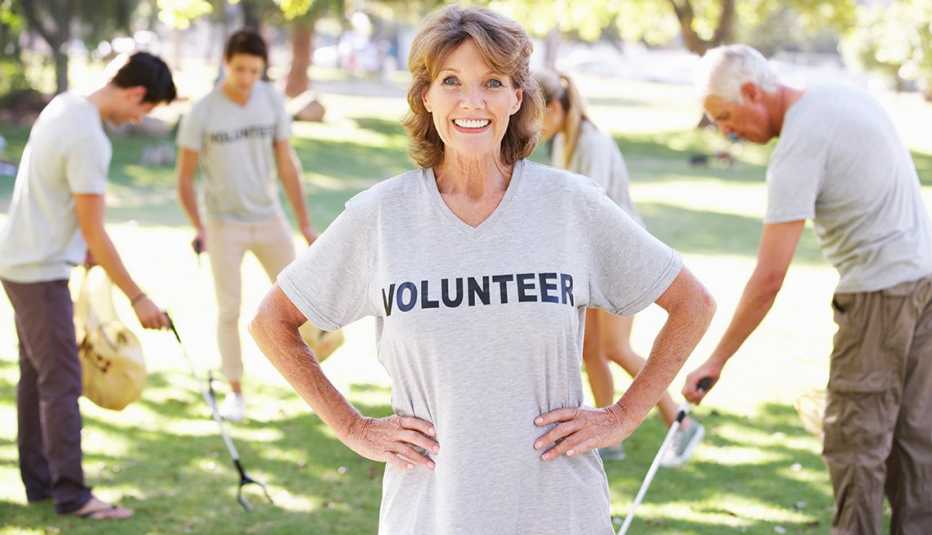Staying Fit


When it comes to your health, loneliness may be as bad as smoking and worse than obesity. That’s the conclusion from the journal PLOS Medicine of nearly 150 studies on social relationships and mortality. Researchers also found that people with stronger social relationships had a 50 percent increased likelihood of survival than those whose relationships were weaker, meaning that maintaining a social life isn’t just good fun — it’s good for you.
Earlier this month, we asked readers to share how they stay connected. Here’s what they had to say.


AARP Membership— $12 for your first year when you sign up for Automatic Renewal
Get instant access to members-only products and hundreds of discounts, a free second membership, and a subscription to AARP the Magazine.
For some, strong social connections start at home. “I look forward to every other weekend,” wrote Kathy Brodock. That’s because she spends this time with her grown children and granddaughters. For grandparents and grandkids in particular, the benefits of quality family time go both ways. Studies show that grandparents who help babysit live longer, while children whose grandparents are involved in their upbringing report greater levels of well-being.
For others, new activities were the key to making connections. “I retired at 58 ten years ago filled with anxiety and depression,” wrote Chuck Fink. “I started a men's group based on open personal disclosure and social networking.” Now, he said, there are 15 groups in his city.
Many readers said that volunteering helped them get involved. Ramona Kemberling fosters kittens for her local animal shelter and volunteers at their fundraisers, while Tony Triche volunteers part time doing homeless outreach. Research shows that those who spend time serving and supporting others experience significant benefits to their physical and mental health — and starting small can make a big impact. Just two hours of volunteering a week are all that’s needed to have a positive effect on your life and health.
Some activities, like exercise, offer the chance to bond with people with like-minded interests in addition to the health benefits. “When I cut way back on my work schedule, I started attending the Silver Sneakers exercise classes offered in my area,” wrote Carol Cochran. “Class members range in age from 55 to 90. Everyone works at their own pace. Made lots of interesting new friends.” Marcia Sherman’s experience was equally beneficial. “I joined the Y senior aquatics group,” she wrote. “I've made new friends. Six of us went on a cruise together in April.”

































































More on Health
Tech Training Builds Connections and Confidence
Classes create new links to family, friends and learning for older adults
Loneliness, Isolation, Health, Health Care, Cigna, Humana, CareMore
Outside-the-box solutions for the health hazard impacting older Americans
Your Body's Health at 60+
What to expect, look forward to and do now for a longer, happier life